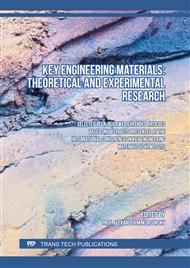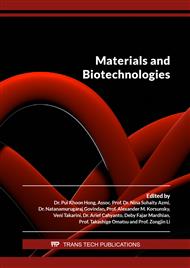p.55
p.61
p.69
p.79
p.87
p.95
p.103
p.111
p.121
Finite Element Formulation and Simulation of Gamma Ray Attenuation of Single and Multilayer Materials Using Lead, Tungsten and EPDM
Abstract:
Gamma rays are high energy radiation that can be injurious to individuals who are exposed to them during their work in facilities such nuclear power plants, medical radiotherapy centers and particle accelerator laboratories. Hence radiation shields with adequate attenuation properties are required for protection. In this work gamma ray attenuation problem as given by Beer and Lambert is formulated and coded based on the finite element method for a narrow beam geometry. Attenuation of radiation from radioactive sources, 173Cs with energy 0.662 MeV and 60 Co having energies 1.173MeV and 1.332MeV in single and multilayer of lead, Tungsten and Ethylene-Propylene Diene Monomer systems have been simulated to study their efficiency in radiation shielding. The simulation results obtained from the finite element code is validated by comparing with well-established Monte Carlo simulation and experimental work. The numerical efficiency of the shielding showed good agreement with the literature.
Info:
Periodical:
Pages:
87-94
Citation:
Online since:
August 2022
Keywords:
Price:
Сopyright:
© 2022 Trans Tech Publications Ltd. All Rights Reserved
Share:
Citation:



